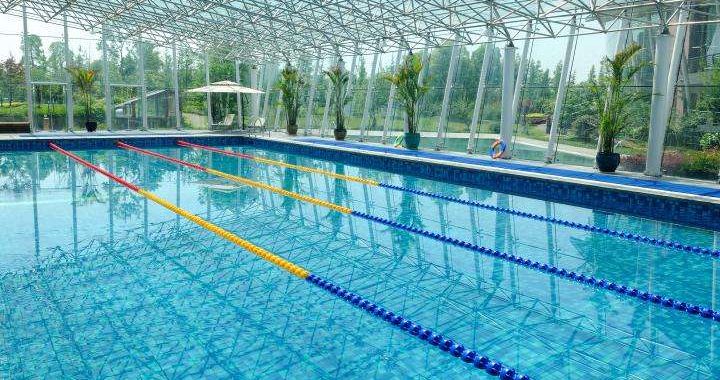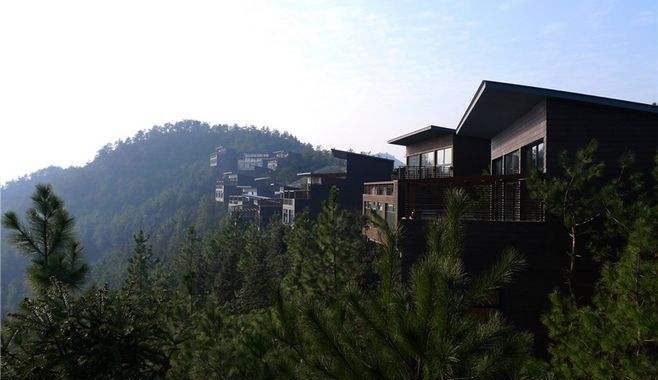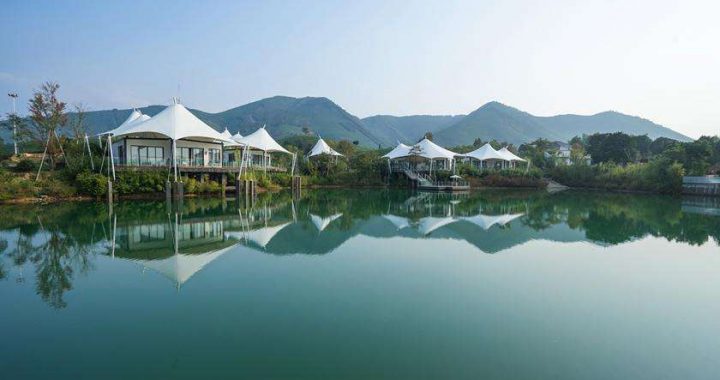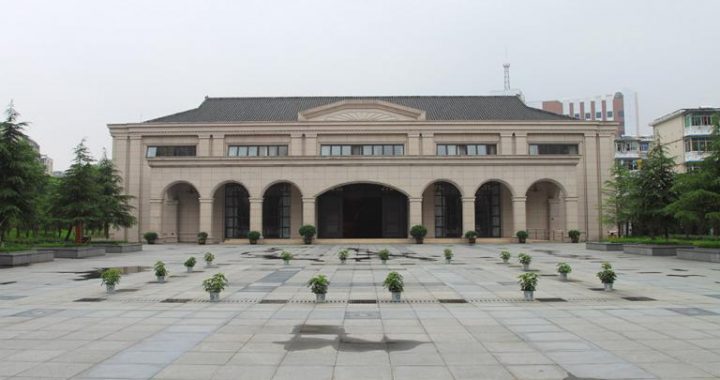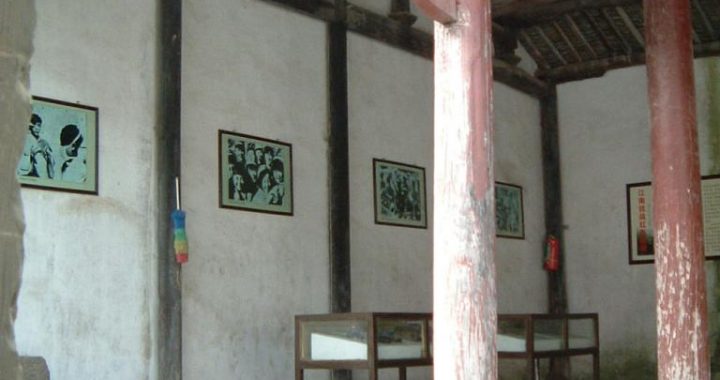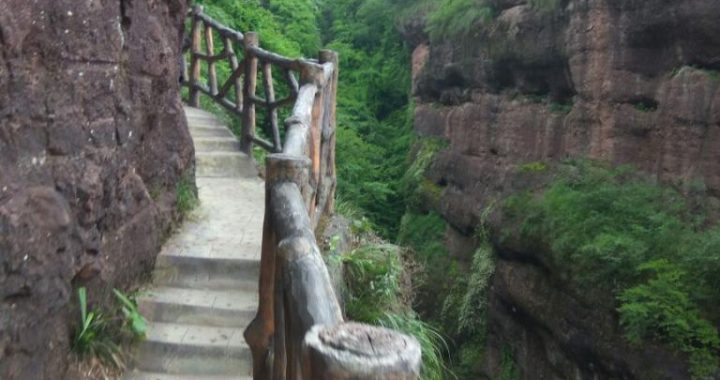Former Residence of Zhang Jingiang
5 min readThis old residence is located at No.108, East Road, Nanxun Town. It was built by Zhang Jingjiang’s father in the 24th year of the Reign of Guangxu Period in the Qing Dynasty(1898).

Zhang Jingjiang was known by several names. Renjie was his courtesy name, his Buddhist name was Zhijie, styled Yingguang, and his pen name was Wochan. He was born on September 19,1876 from a family of silk tycoon in Nanxun. When he was young, his father helped him obtain an official title of candidate by donating 100,000 Liang silver. In 1902 he was sent as the first commercial counsellor to France with the Chinese envoy Sun Baoqi. He got acquainted with Sun Yat-San on the ship to France, and they became intimate friends from then on. Zhang admired at what Sun had done in the movement of overthrowing the Qing Dynasty, and generously donated 30,000 Liang silver for his revolution after their first meeting. Mr.Sun Yat-San called him”Qiren”(a bizarre person), and later, regarded him as”the Saint of Revolution”. Sun Yat-San presented a piece of calligraphy work to Zhang Jingjiang as a gift, on which Mr. Sun wrote”Loyalty andChivalry”. When the Second Revolution failed, Zhang Jingjiang went to Tokyo and Paris. Zhang Jinjiang was all for the reorganization of Kuomintang (CNP, the Chinese Nationalist Party) led by Sun Yat-San, and once took up the post of financial minister. At a later time, Zhang Jinjiang was appointed as an executive member of CNP. He was the Chairman of the Central Standing Committee of CNP, the Acting Chairman of the Central Executive Committee, and the president of the Zhejiang provincial government. After the Anti-Japanese War broke out, he moved to Hankou in 1938, and then went to the United States via Hongkong. Zhang Jingjiang made New York his home and passed away on September 3,1950 at the age of 74.
With the help of the Second History Museum of China in Nanjing, the former residence of Zhang Jingjiang was opened to the public in 1994. All documents and exhibits on display were provided by the Second History Museum of China. The former residence is the typical architecture of the wealthy families in the south China. The old residence composed of several houses looks imposing and spacious. Particularly, its fire wall is so high that it has become a wonder in Nanxun town. The inscriptions of “Former Residence of Zhang Jingjiang”on the horizontal board are from the writing of Chen Lifu,a senior stateman of the Kuomintang. The main hall of the former residence totals 624.8 square meters and was used for entertaining guests.A black horizontal board with three golden Chinese characters”Zun De Hall”(respect and morality) is suspended high on the central wall.A famous painting (the finger drawing by Xie Gongzhan) is put below the board with an antithetical couplet at either side of it on the wall. The verses say”a hall of flowers intoxicate three thousand guests, the flash of sword quivers forty states”, which were adapted and written by Sun Yat-San from the verses of Guanxiu, the poet of the Tang Dynasty. Another two couplets written by Weng Tonghe(the tutor of Emperor Tongzhi and Guangxu during the Qing Dynasty) are pasted on two columns. The couplets tell people that only one’s own merit or virtue is nothing but doing good things for descendants, and learning as a piece of good work comes first in the world.

Because of the hall on the right side with the double-decker structure against the cold in winter and the hot in summer, it was often used as abetter place for the host to receive ordinary guests. It is worthy to be mentioned that there is a very mystic table made of red sandalwood in thehall. This kind of sandalwood tree grows on the southern ocean islands, and takes about thousands of years to grow up. Since its fine and close texture, the wood is hard and heavy. Therefore, the wood won’t sink in water as theordinary woods. It is said that cooked dishes won’t turn bad quickly whenthey are put on the table in hot summer. Many years ago,a foreign visitor wanted to collect the table at a high price, but he failed. There were several couplets on the walls of this hall that were written by Zhang himself. He once wrote it for Chen Lifu that “Taking on morality and justice, and striving for sticky business”. It was said the pair of couplets was brought to Taipei, and kept in Chen Lifu’s living room.
The second and the third halls now become exhibition halls. Various photographs, books and appointment letters are displayed. They reflect Zhang Jinjiang’s daily life in the past. In addition, copies of letters and correspondences from some celebrities, such as Sun Yat-San, Song Qingling.
He Xiangning, Yu Youren, Chen Bulei, and Chiang Kai-Shek, are also displayed. Visitors can find the certificate of appointment written by Sun Yat-San for Zhang Jinjiang as the CNP headquarter’s counselor,a letter from Sun Yat-San to inquire about his illness,a receipt for a loan and some letters from Chiang Kei-Shek,in which he referred to his over-spending on his mother’s funeral,the last will and testament of Sun Yat-San with Zhang Jinjiang’s signature,and so on.
Many letters to Zhang Jingjiang are placed in rows,including the letter from Yu Youren inquiring the fund-raising,the letter from He Xiangning onthe matters of Liao Zhongkai’s burial.The medical records noted in detailby Zhang about the case history and specific treatments to Sun Yat-San in his serious illness.Some documents from Chen Lifu,Chen Guofu and other senior officials of CNP are also displayed.Some photos with historic meanings are showed around,such as the photo of Zhang and Sun Yat-Sanpictured together in Haining,the photo with the inscriptions of Zhang himself taken at the copper gate of the Sun Yat-San Mausoleum.
Tourists can find 6 carved screen-plates in the residence.Those plates are made of Gingko wood with the verses of “Morals on Alcoholic Drink”in Chinese. The carvings are from the handwriting of Dong Qichang,a famous calligrapher of the Ming Dynasty, but this poem was originally composed by Liu Ling who was one of seven famous hermits in the Jin Dynasty and lived the life of recluse in rural area.
Zhang Jingjiang was a legendary man. In his later years, he retreated gradually from political affairs and believed in Buddhism. Because of this, he got his Buddhist names. The whole residence contains a profound culture, even if the front gate and the back gate are tastefully decorated with carved bricks. Those bricks with the fine inscriptions of “You Rong Nai Da”and “Shi Shou Xi Min”are respectively inlaid above the gates. The Chinese characters which are copied from the writing of Zhou Qingyun (also known as Zhou Mengpo),a modern industrialist and collector, give people some philosophical ideas. Paying a visit to the former residence, tourists can be clearly aware of the marvelous stories throughout the life of Zhang Shiming.

